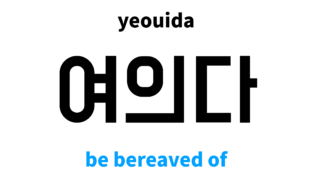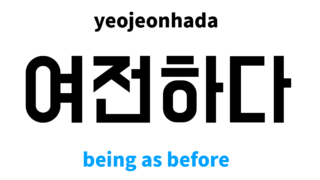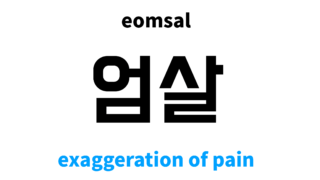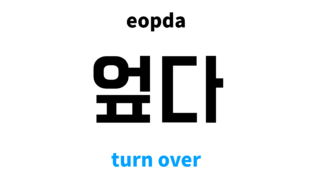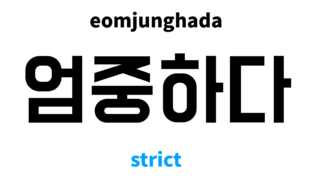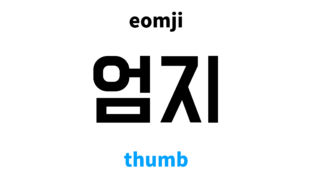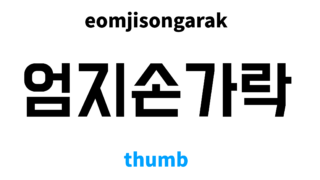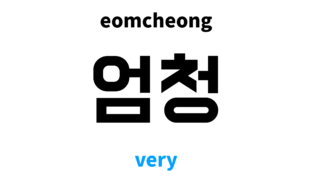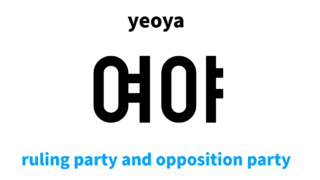 Advance ㅇ
Advance ㅇ ruling party and opposition party in Korean: 여야’s meaning and pronunciation
ruling party and opposition party in Korean is 여야. For examples, you can use like [여야 갈등, 여야 국회 의원]. In this post you will learn how to pronounce and use ruling party and opposition party in Korean along with examples.

